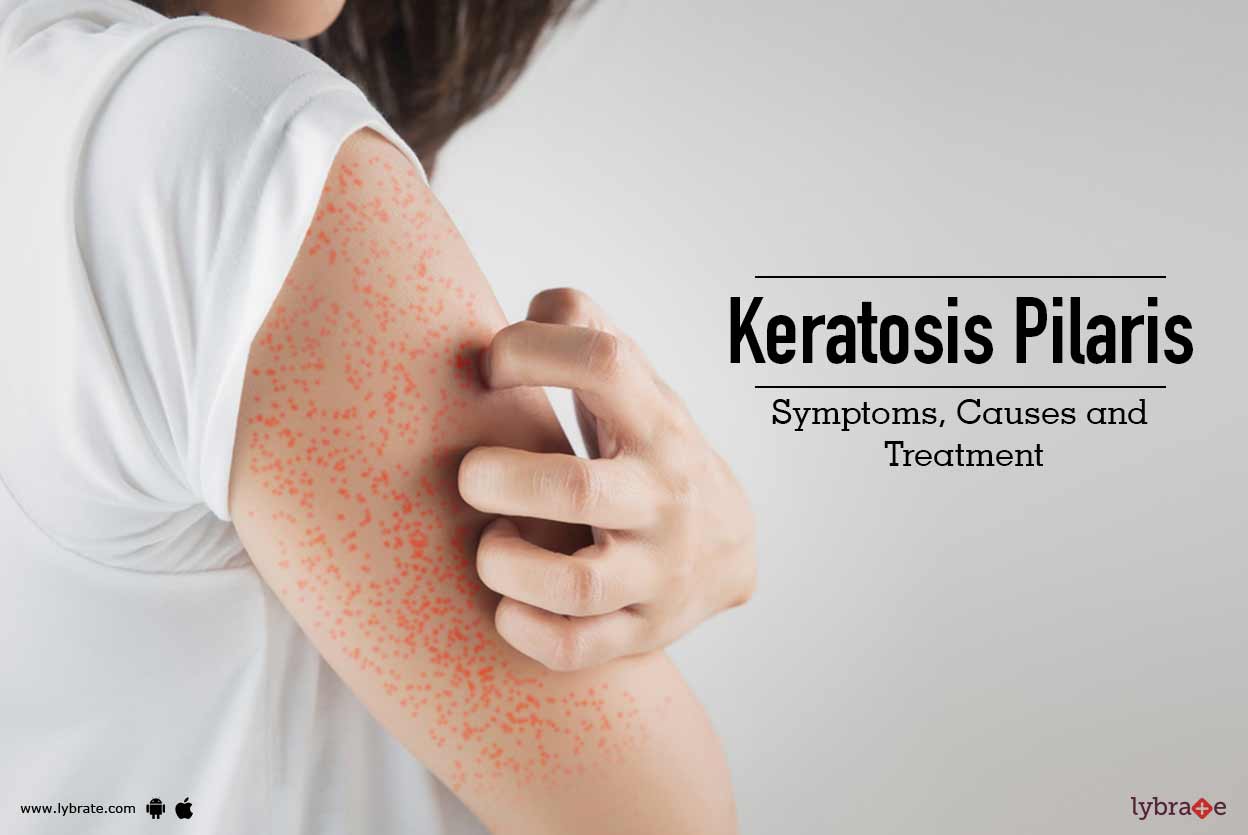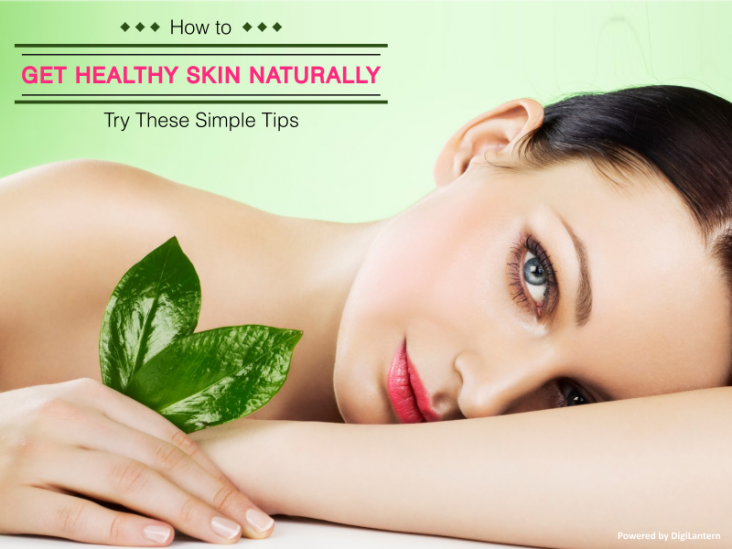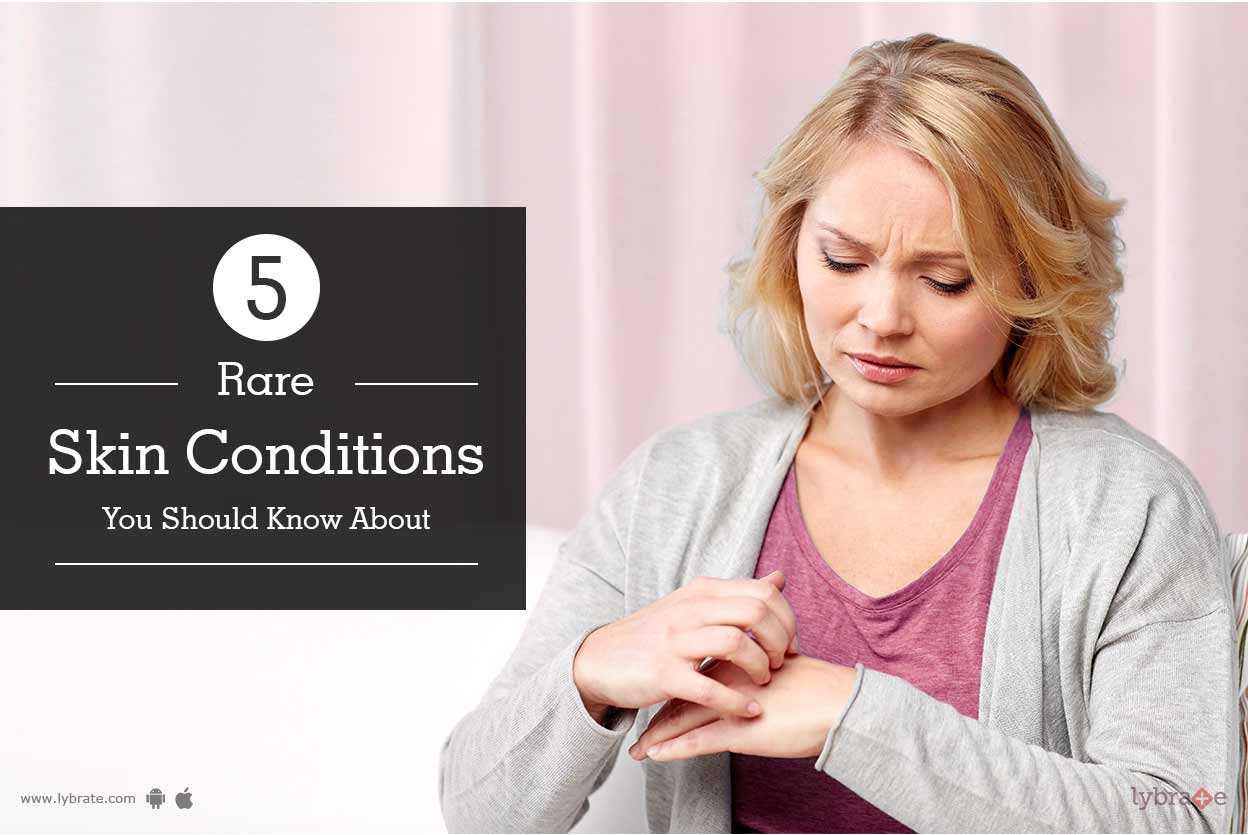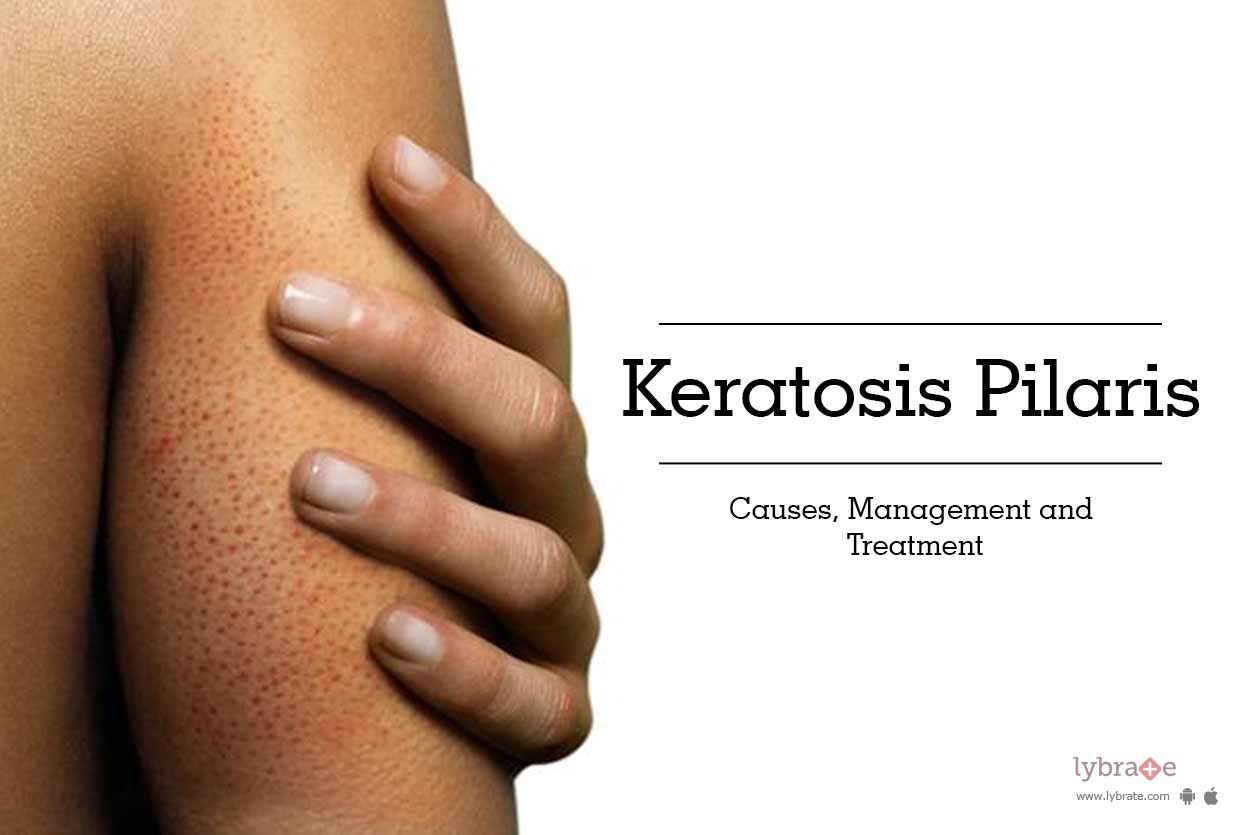Dermatitis Herpetiformis is a condition in which there are constant and painful eruptions of rashes and subsequent itching. They mostly develop on the knees, scalps, buttocks and the back. This rash is indicative of your allergy to gluten. A strict adherence to a gluten-free diet is essential for people suffering from this disease. The primary cause of dermatitis herpetiformis is celiac disease.
Celiac Disease:
Gluten is a protein which is present in wheat and rye. People who have allergy to gluten are said to be suffering from Celiac disease. Dermatitis Herpetiformis, in turn, occurs in people who suffer from Celiac disease. An antibody called immunoglobulin, made to combat with gluten proteins reacts with gluten causing violent eruptions of rashes and subsequent bouts of itching.
There are various, perceptible symptoms of dermatitis herpetiformis. Some of them are:
1. Sensation of Burning: Before visible rashes appear on the body, your skin may suffer from a constant sensation of burning. The area where it does take place is where the rashes erupt later on.
2. Outbreak of Rash: One of the most common conditions symptomatic of dermatitis herpetiformis is an outbreak of rashes in the elbows, shoulders and scalp. These rashes are an extreme cause of discomfort as they itch continuously. If you notice rashes on these parts of the body that recover themselves only to erupt again later, chances are high that you are suffering from dermatitis herpetiformis.
3. Bumps: Along with rashes, another important symptom of dermatitis herpetiformis is the eruption of even sized bumps all over the body. They are filled with liquids which have the ability to heal themselves but they quickly re-appear, leaving behind a purple color mark on the body.
Though various treatments have developed to treat dermatitis herpetiformis, there are many medical complications that this disease entails. Some of them are:
1. Intestinal Cancer: Celiac disease causes damage of the intestines. Therefore if you are suffering from it for a long time, the continuous inflammation of the intestine causes intestinal cancer.
2. Anemia: If you are suffering from dermatitis herpetiformis, the intestines refuse to absorb nutrients. If such a condition persists, chances are you may suffer from anemia and deficiencies of certain vitamins.
If you wish to discuss about any specific skin problem, you can consult a specialized dermatologist and visit to us at https://www.skinology.in/






























